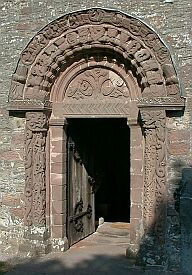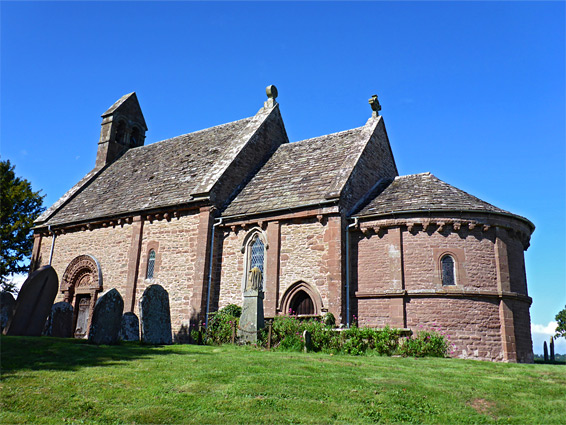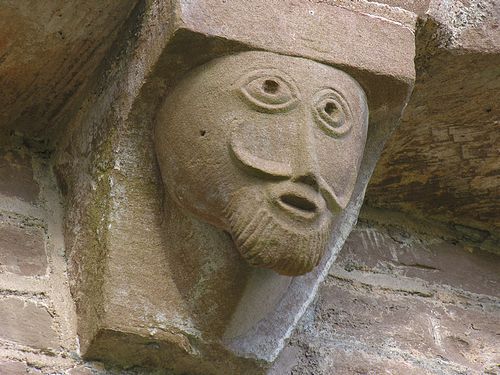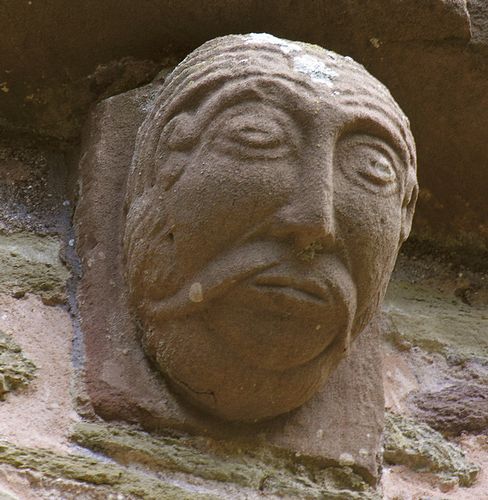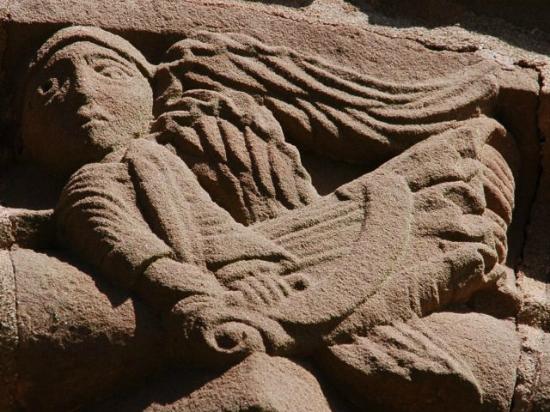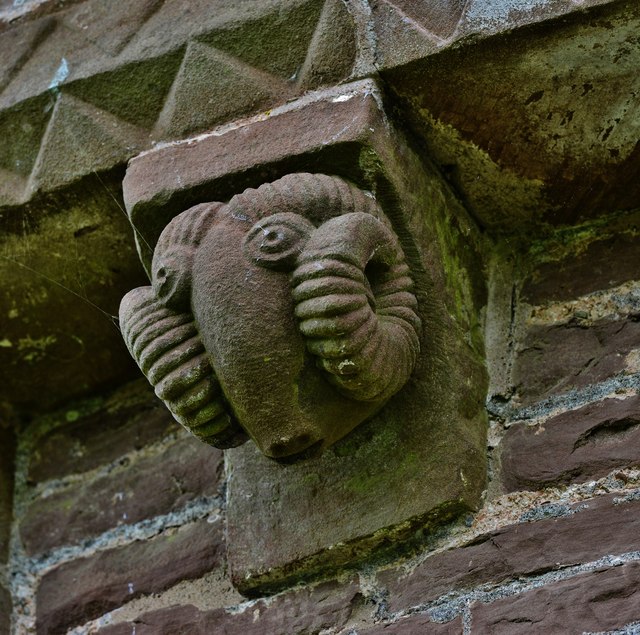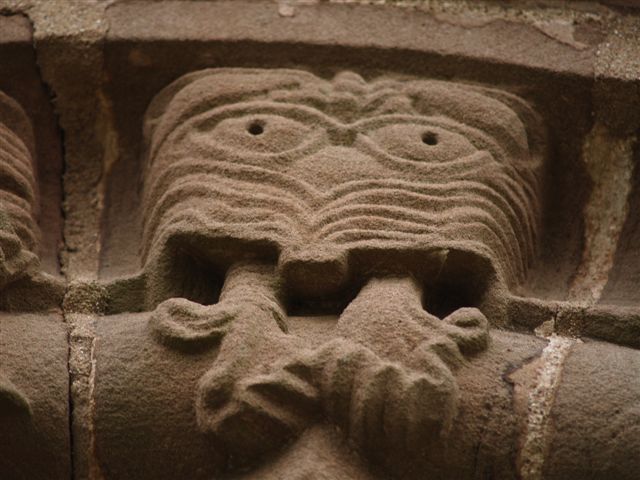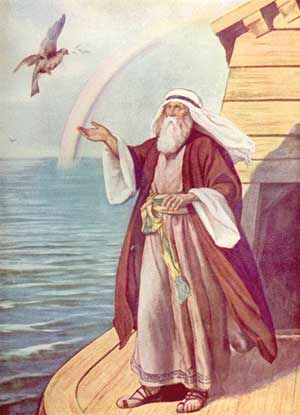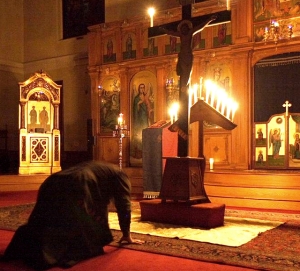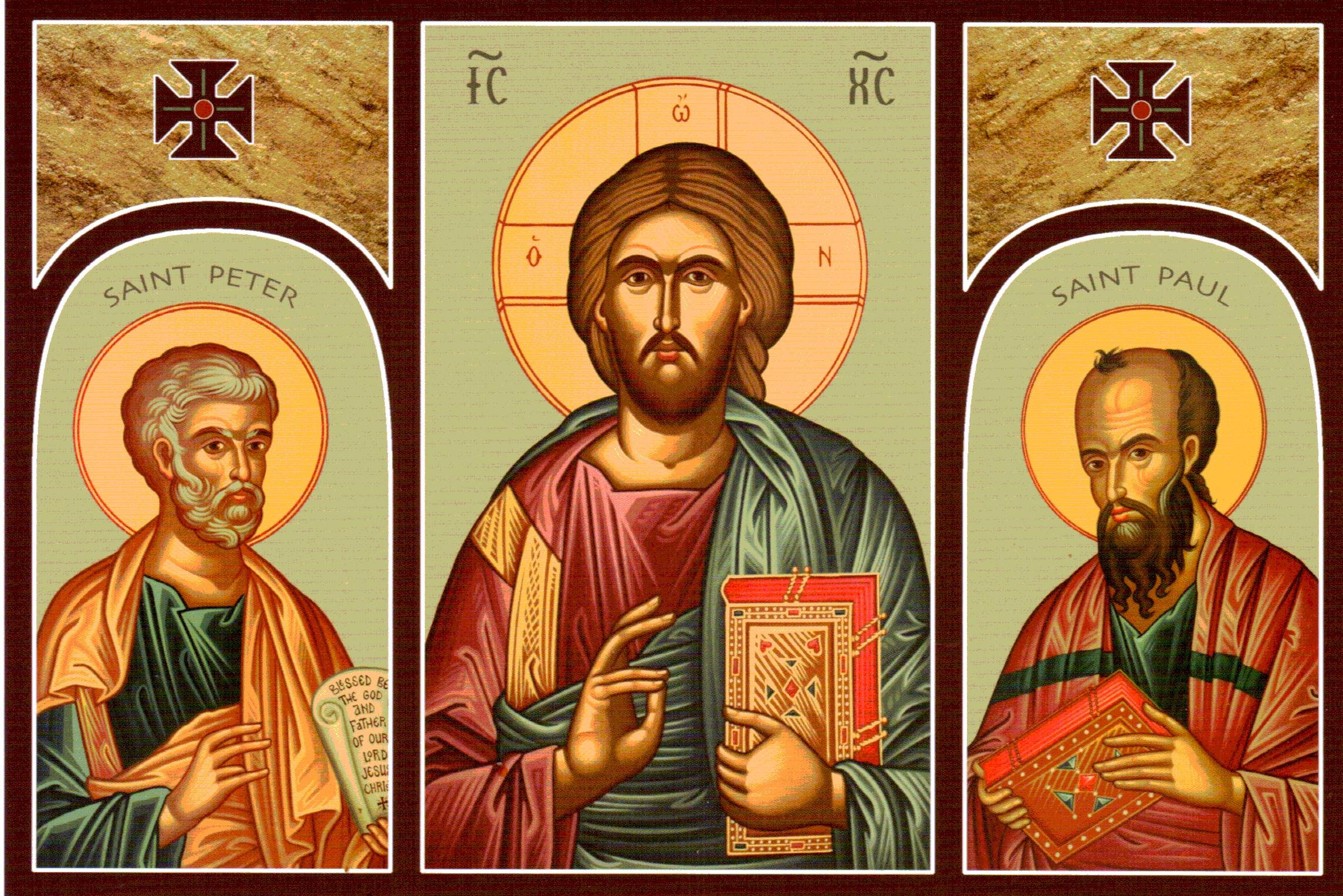
The problems that exist between Catholics and Orthodox correspond directly to internal problems within our own churches. Their solution not only helps to mend the schism, they can also help us to re-balance the life of our Catholic and Orthodox churches.
For example, Catholic-Orthodox dialogue is showing us that, according to Tradition, primacy and synodality belong to one another and neither can be exercised in a balanced way without the other. Also, as Zizioulas suggests, if synodality belongs to the essence of the Church as a reflection of the Blessed Trinity, then primacy does too. This conviction is directly influencing recent popes and especially Pope Francis in the way they set up their relations with local and regional churches. Pope Francis, like Pope Benedict before him, is very keen that Catholicism should be embedded in local culture and he clearly disagrees with the Vatican deciding all important matters from the centre.
Perhaps the greatest contribution of Catholic-Orthodox dialogue has been the acceptance by Catholic theologians of 'eucharistic ecclesiology' of Father Nicolai Afanassiev which became a key concept of Vatican II and in the theology of Pope Benedict XVI.
I am sure that the Catholic Church will be watching Orthodox attempts to solve its problems of disunity because the solutions can have a direct bearing on Catholicism. Perhaps, one day, Orthodoxy may wake up to the fact that the attempts of the Catholic Church to tackle its own problems may help them tackle theirs and that ecumenical dialogue can help us all become more truly ourselves.
Metropolitan Hilarion once said that, around a thousand years ago, the churches in East and West decided they could do without each other. I am sure that this terrible mistake, born out of a lack of ecclesial love on both sides, has distorted Catholic attempts to be more Catholic and Orthodox attempts to be more Orthodox. The more we know each other, the more we will know we need each other.
Jerusalem was an appropriate location for an international group of scholars to meet after the feast of Christ’s Nativity to present their vision of how Orthodox scholarship could engage more effectively with the issues of our contemporary world. A fifteen-minute walk from our hotel through the chic, modern shopping arcades of downtown Jerusalem brought us to the Old City where before breakfast one morning we found ourselves standing at the Church of the Holy Sepulcher alongside a Coptic bishop, priests and nuns. They gladly gave us their blessing and holy bread as crowds pressed in to take selfies of the exotically-clad clergy. In the courtyard before the nearby Western Wall we stood with Jewish women as they swayed and prayed with words of holy texts pressed to their faces. An elevator ride into the tower above our hotel opened up vistas of the sprawl of modern buildings that today fill the steep hills and cliffs of the city. The Wall separating Palestinian and Jewish sectors was clearly visible in the distant haze. During the short bus ride that took us to join the throngs of pilgrims in Bethlehem we drove past the Walled-Off Hotel, Banksy’s evocative graffiti, and his wry words of comfort ‘Nothing lasts forever’.
This is a land and city where every stone speaks of the ancient tangled roots of three Abrahamic faiths, yet every step you take comes with a reminder of the tensions and divisions of modernity. It was this, rather than simply the proximity of the holy places, that made Jerusalem an appropriate location for the first meeting of Chairs of the twenty-five Groups of the recently-formed International Orthodox Theological Association. They met in Jerusalem for planning, prayer and pilgrimage at the start of a year which will culminate in IOTA’s inaugural conference in Iasi, Romania from 9-12 January 2019. The Groups, each devoted to a different aspect of Orthodox theology and life, promise to provide a rich time of reflection as theologians, historians, political and natural scientists seek to give informed Orthodox perspectives on today’s burning issues. (For the Call for Papers, visit IOTA website).
What does it mean to be human? How can the wealth of Orthodox asceticism and spirituality found in the Philokalia speak today? What can we learn from Arabic-speaking Christians about an approach to Islam that goes beyond polemic? How can a balanced approach to the science-religion interface be found rather than making a false dichotomy between the two? What contribution can analytic philosophers of religion make to the intellectual defense of Christianity? What is the role of women in the Church? What is the theological basis for Christian environmental concern? How can Orthodoxy be authentically enculturated in Africa, Asia and the Americas? How should the Orthodox churches respond to migration and refugee crises? These are but a few of the issues that IOTA scholars propose to engage with.
Catalin Jeckel, the link between IOTA leadership and His Eminence Teofan Archbishop of Iasi who leads the Committee organizing the conference in Iasi, spoke of theology needing to become the ‘Art of living’ the Revelation. Peter Bouteneff of St. Vladimir’s Seminary in New York spoke of the challenge of engaging with theology emanating from vastly different contexts than our own, familiarizing ourselves with the diversity of Orthodox theological approaches, priorities and languages. The meeting as a whole discussed the dual need to be both a think-tank providing resources for the church hierarchy in their deliberations, yet also to make the fruits of its work available in accessible language to local Orthodox parish and diocesan communities. It is to these many challenges that IOTA seeks to constructively respond as it journeys towards the Iasi conference in 2019.
In this journey, the Orthodox churches’ greatest wealth is perhaps also their greatest potential obstacle. At best, the deep identification of faith and culture in historically Orthodox countries is the legacy of an incarnational understanding that the Gospel can never be a disembodied, deculturated message. It can and must be enfleshed in cultural particularity, with profound implications for the corporate life of any community or society. At worst, the imprisonment of Orthodoxy in any one particular cultural or national form can lead to a nightmare of cultural bias, blindness and misunderstanding, an introverted concern for one nation’s faith and internal affairs. The vision of a Church which exists not for itself but, following Christ’s example, for the life of the world, is easily forgotten.
This picture becomes even more complicated in the myriad new contexts in which the Orthodox Church finds itself in the contemporary world, whether in Africa, Asia or the Americas, where Orthodox Christians usually find themselves in the position of a counter-culture. Émigré communities seeking to continue the traditions of distant homelands or convert communities seeking alternatives to other religious traditions are united at least in a common desire to avoid living according to the expectations of the surrounding cultural status quo. Yet to reflect critically on Orthodoxy’s role in new contexts and realities is to challenge deeply-held convictions about cherishing and perpetuating the national faith, culture and language both of those from Orthodoxy’s historical homelands, and those for whom the new contexts are home. Is there a way to get beyond these obstacles to the unity and conciliarity of the Orthodox Church?
Disturbed by the legacy of two world wars and what he perceived as the idolatry of churches on both sides making an almost total identification of the cause of Christ with the cause of their own nation, the leading 20th-century Christian thinker, Lesslie Newbigin, offered the following remedy: ‘It is only by being faithful participants in a supranational, multicultural family of churches that we can find the resources to be at the same time faithful sustainers and cherishers of our respective cultures, and also faithful critics of them.’ He emphasized the need to listen to those with minds and hearts shaped by other cultures in a spirit of mutual responsibility toward one another, and with a willingness to receive mutual correction. Newbigin was not Orthodox and did not find ready-made around him that family of churches that he felt Christ’s Body should be. He devoted much of his life to building such a family. Orthodox Christians can be grateful that they have an advantage, in theory, and in many ways in practice, over Newbigin’s situation. It is this ready-made foundation, this supranational, multicultural family of local churches that IOTA’s scholars hope to build on. In their deliberations together it is the unity and conciliarity of this family that they seek to serve.
Alison Kolosova is co-chair of the Missiology Group of the International Orthodox Theological Association.

